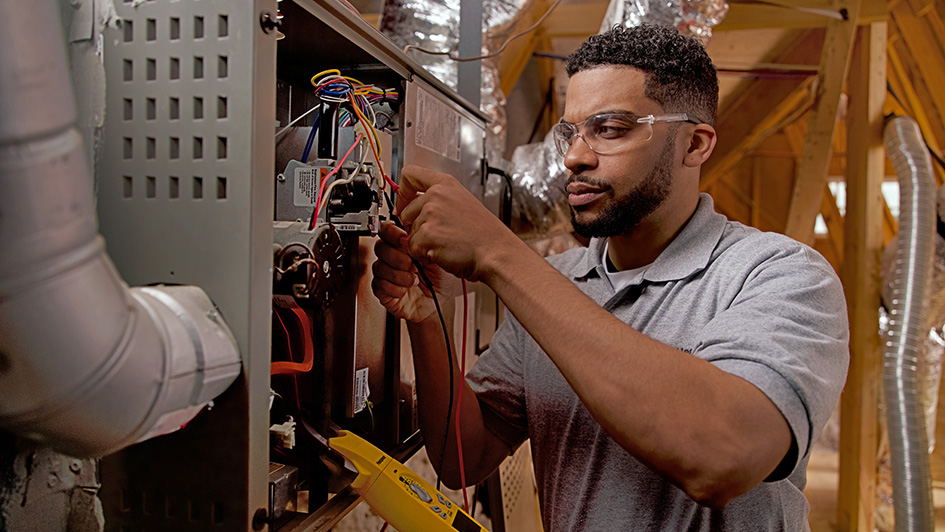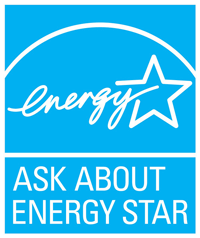
A furnace is almost always a background player for your home, keeping you warm during the cold winter months. It frequently won't be noticed until something breaks down.
One cause might be that your furnace has a cracked heat exchanger. It can be a safety risk, so it’s critical to familiarize yourself with the symptoms of a cracked heat exchanger and what you can do if you suspect that might be the problem.
What Is a Heat Exchanger in a Furnace?
A heat exchanger helps move heat from the combustion chamber of your furnace to the air that flows inside the system. It typically does this using coils or tubes that heat the air while serving as a barrier to keep gas formed in the combustion chamber, called flue gasses, from getting out into your home.
Is a Cracked Heat Exchanger Dangerous?
Thanks to its important role, it’s no surprise that a cracked heat exchanger can be hazardous. A crack in the heat exchanger can permit dangerous gasses – such as carbon monoxide, which can be lethal – to circulate throughout your home.
For obvious reasons, do NOT run your heating if you believe it has a cracked heat exchanger, as doing so could make your entire family sick. Contact an HVAC professional right away if you think your heater has a cracked heat exchanger that should be repaired.
Four Symptoms of a Cracked Heat Exchanger:
- Furnace switches off: A crack in your heat exchanger could cause your furnace to turn off.
- Strange Smells: If the air coming out of your furnace has a powerful chemical scent, it could be evidence gasses are slipping through cracks in your heat exchanger. These byproducts, which can smell like formaldehyde, are a major warning sign.
- Carbon monoxide alarm is triggered or you notice poisoning symptoms: If a cracked heat exchanger is emitting carbon monoxide inside your home, your carbon monoxide alarm should go off or household members could start experiencing signs of carbon monoxide poisoning. Symptoms include headaches, dizziness, weakness, nausea, vomiting or feeling drowsy. If your alarm goes off or you feel unwell, exit the home as soon as you can and then call for help.
- Soot: If you notice black sooty buildup near the exterior of your furnace, it’s an indication something might be seriously wrong.
What You Can Do if a Furnace Heat Exchanger is Cracked
If you believe your furnace has a cracked heat exchanger, call a professional with extensive experience in furnace installation Chelan and Wenatchee right away so they can take a look at your system and, if necessary, start a furnace heat exchanger replacement. Costs often fluctuate depending on the situation, but estimates run in the neighborhood of $1,000 to $3,000.
However, the good news is that heat exchangers are generally protected by the warranty. It's a good idea to review the warranty paperwork on your furnace, because while the warranty won't always cover the entire cost of repairs, it still may significantly shrink your bill.
How to Prevent a Cracked Heat Exchanger in Your Home
One of the most convenient ways to avoid problems in your furnace overall is with regular furnace maintenance. Furnaces work the best when they operate efficiently. Hiring a skilled professional to inspect your furnace for old parts, clogs in the air filters and other likely problems can help you avoid getting a big bill later on.
It’s also beneficial to inspect your furnace filters every few months – it’s ideal some filters be swapped out every 90 days or sooner if they are dirty or grimy. While the filters are not part of the heat exchanger itself, the strain of drawing air through a clogged filter makes the entire furnace work more vigorously to accomplish its job. And the harder your furnace has to work, the more wear and tear parts like the heat exchanger will experience.



